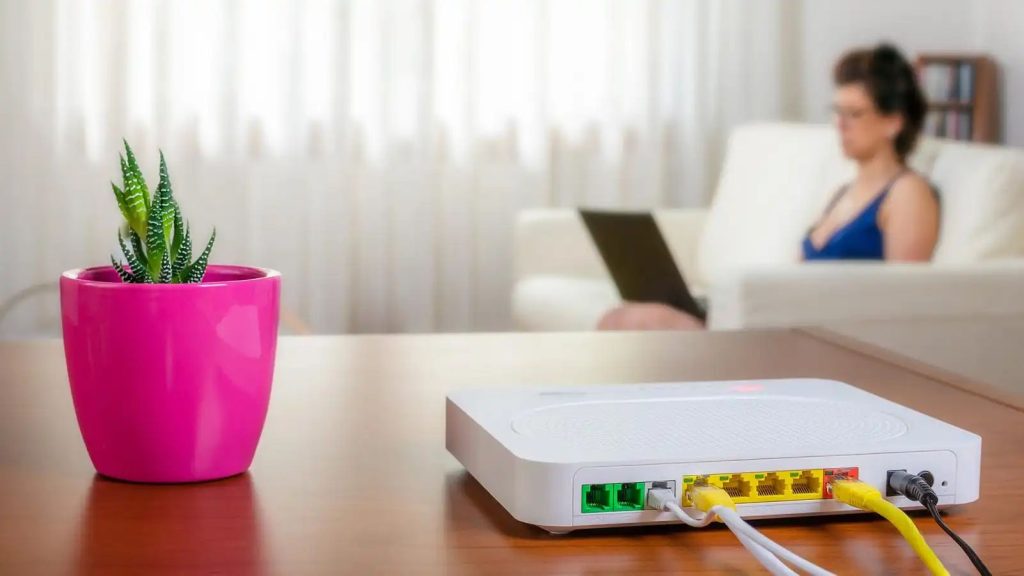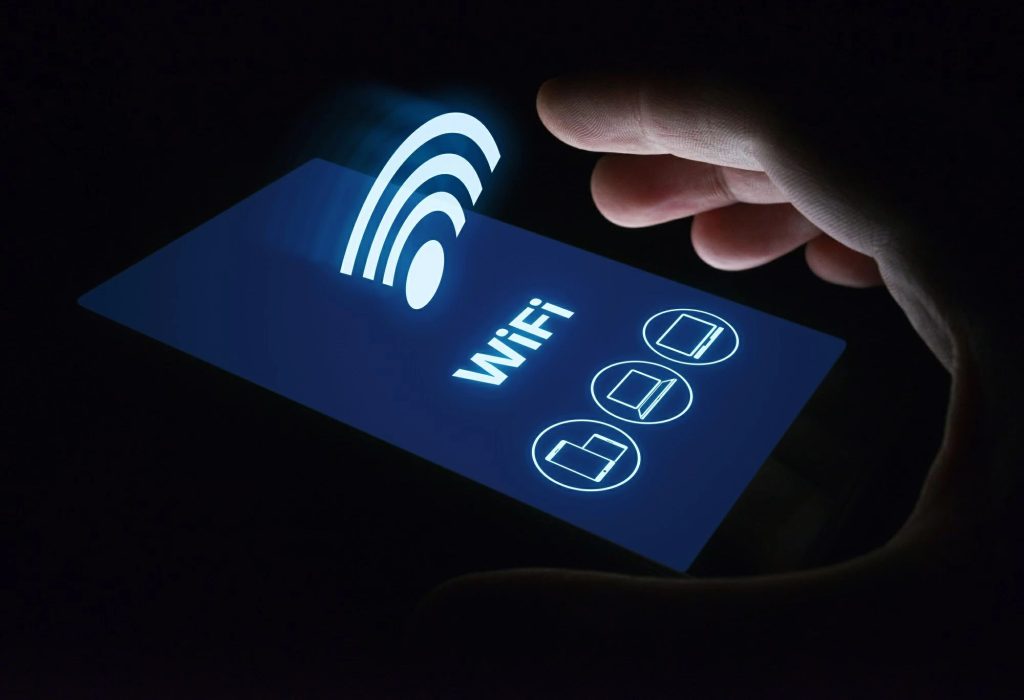If all of a sudden your WiFi connection seems slower, before you move on to more serious steps, the first thing you might want to do is see whether someone else is using your WiFi without permission. How to access other devices connected to my WiFi, you ask?
In this article, we will share the most straightforward ways how to access other devices connected to your WiFi so that you can quickly do a check and remove any potential unwanted devices.
As this is usually the number one reason people’s WiFi connection gets suddenly slower, we decided to share with you all the essential information you need to know to protect your WiFi. So, keep reading!

How to Access Other Devices Connected to My WiFi
If you are the admin of your WiFi, have all the necessary personal information about it, and are wondering how to access other devices connected to your WiFi, you are in luck. All you need to do is read the step-by-step instructions on how to access other devices connected to your WiFi, and in no time, you will have your WiFi network freed of all unwanted guests.
You can use the Wireless Network Watcher, a wireless router, or the command prompt to access devices connected to your WiFi.
We made sure to share not one but three methods through which you can remove unwanted devices from your WiFi, so ensure to read them all and find the one that would work best for you.
Read more: How to Control Devices Connected to Your WiFi
With the help of the Wireless Network Watcher (for Windows only)
If you are interested in quickly accessing other devices connected to your WiFi through third-party software and are a Windows user, this method is the right one for you.
Pre-installation steps
- Open your browser (you can do this through whichever browser you have), type Wireless Network Watcher in the search bar, and press Enter.
- When you see the official website of this software, open it, and press the Download Wireless Network Watcher with the full install link. This link will probably be second, below the ‘Feedback’ section on the page.
- Next, you must open and install the file and follow the instructions. You can do this by opening the Downloads folder and then clicking on the ‘wnetwatcher_setup.exe’ file.
- This action will open the program’s installer, and you will need to follow further on-screen instructions as the software will guide you to finish the installation successfully. When the installation is done, the Wireless Network Watcher will open independently.
Post-installation steps
- After the Wireless Network Watcher successfully installs, you must click on the icon to open it (if this does not happen automatically). When this software starts, it will automatically scan your WiFi network, and on the screen, it will display a list of connected devices.
- Under the Device Name column, you can see each device’s name connected to the WiFi router.
- If you have not found what you have been searching for, you can click the play button in the upper left corner (the green triangle), and the software will rescan your network and display the list of devices connected to your network again.

Through a wireless router
This method might be the easiest and most widely-used one. In continuation, you can read the step-by-step instructions on accessing other devices connected to your WiFi with the help of a wireless router, so let’s begin.
- The first step you are required to do is open your browser. This method can work with any browser, so you should not worry about that.
- Next, you will need to open your router’s interface by typing your website or your router’s IP address in the search bar. This IP address differs from router to router, so you must consult your router’s manual or check the address on the router’s label.
- After successfully accessing your router’s web page, you will need to log in using the credentials such as username and password that your Internet service provider has given you.
- Finally, by going to ‘Attached devices’, ‘Connected devices’, or something like that (because for every router, this option might be called differently), you will be able to see a list and access all the devices that are connected to your router.
Using the command prompt
Although this method might sound scary and complicated, worry not. We have ensured to make the instructions as straightforward as possible so that even those not so good with computers can successfully try and access other devices connected to your WiFi in no time. Just follow our directions carefully, and you can not go wrong.
Step-by-step instructions
- The first thing you will need to do is to open the Command Prompt. If you are using Windows 8 or higher, you can press the Windows key (the one with the Windows logo) and then type CMD. If you are using a Mac, you can do this with the help of the terminal. Just click on the magnifying glass icon, which you can find in the upper right corner, and in the search bar, type ‘terminal’ and then click and open the terminal.
- Then, when the command window opens, you must first type ‘arp -a’.
- Finally, on display, you will need to find the IP addresses that start with the same numbers as your router’s IP addresses connected to your router. Here you can see the MAC addresses and IP addresses of each device connected to your WiFi.
Another thing you need to know is that every device that is connected to the Internet has its own unique MAC address. You can find this address for your particular device by opening the Settings menu in the Internet or Network settings or eventually in the info about the device. You can also find the MAC address for iPhone, Mac, Samsung Galaxy, Windows, etc.
What to Do When You Access the Other Devices Connected to Your WiFi
After successfully accessing and seeing devices that do not belong on your WiFi network, you will need to change your WiFi password. This action will remove all the devices from your network, forcing them to connect again with the new password. Also, you must ensure to use the WPA2-PSK encryption whenever possible.
Conclusion
You might have wondered how many devices are connected to my network and how to access other devices connected to my WiFi. If so, we hope that with the help of this article, you have found the answer you were looking for. We made sure to include the three most famous and used methods so that the next time you suspect someone is using your WiFi, you can easily check that and remove them from your network.